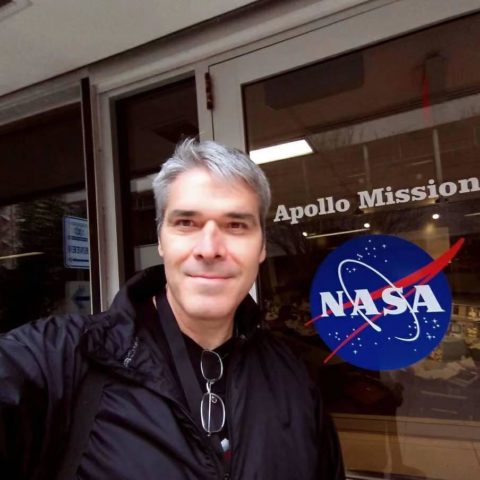On March 13th, 1781 William Herschel discovered Uranus with the telescope he had built. He later realized this was not a star, as it orbited around the Sun. In January 1986, Voyager 2 spacecraft reached the Uranus system and took a series of pictures that allowed to see this planet had 10 moons. Eventually, we discovered Uranus have 27 moons that we know so far.
On the 15th edition of the NASA Essay Contest ‘Scientist for a Day’ invites students between 5th and 12th grades to study three of Uranus’ largest moons:
Ariel, Titania and Oberon. Which moon will be the best place to return another spacecraft to study it? Which of these three moons would you choose to visit? What do you think you might learn, based on what is already known? What would you do if you became the next Costa Rican astronaut?

Specifications of the contest:
1) Students can work alone or in teams of up to four students. Each student may submit only one entry.
2) Essays should be submitted by teacher, parent, or guardian. Email should specify child’s name, grade, school and county.
3) Essays that are longer than 300 words will be disqualified. No personally identifying information (name, school name, city, or state) should be included in the body of the essay. No bibliography, attachments or images to be included.
4) Communication skills are an important part of being a scientist. Spelling and grammar will be considered in addition to the ideas expressed in the essay.
5) Deadline: September 9th, Child’s Day
6) Language of submission: English or Spanish
7) Essays will only be judged in comparison with other essays from the same grade range and topic: Grades 5 to 6, Grades 7 to 8, Grades 9 to 12.
8) All participants will receive a digital participation certificate.
9) Confirmation email of essay reception includes the essay ID#, each essay will be evaluated based on quality, grammar and creativity. No names of winners will be known until final decision is made.
10) Winners of each grade will be featured in NASA’s Radioisotope Power Systems website.
11) Email: [email protected] / [email protected]
12) National organizer: Ana Cristina Vasquez
13) Facebook page to submit questions or comments: Cientificxporundia.CR.

Bruce Callow is a Canadian teacher and co-author of the books To the Stars: Costa Rica in NASA and The Intrepids: Costa Rican Women in Science and Technology. He does space education outreach work on behalf of NASA.

